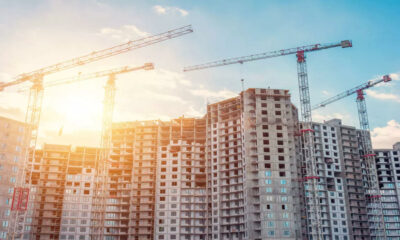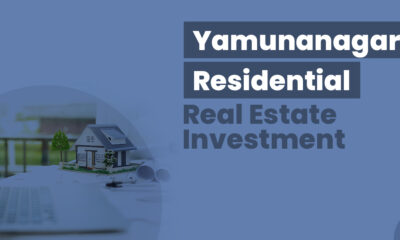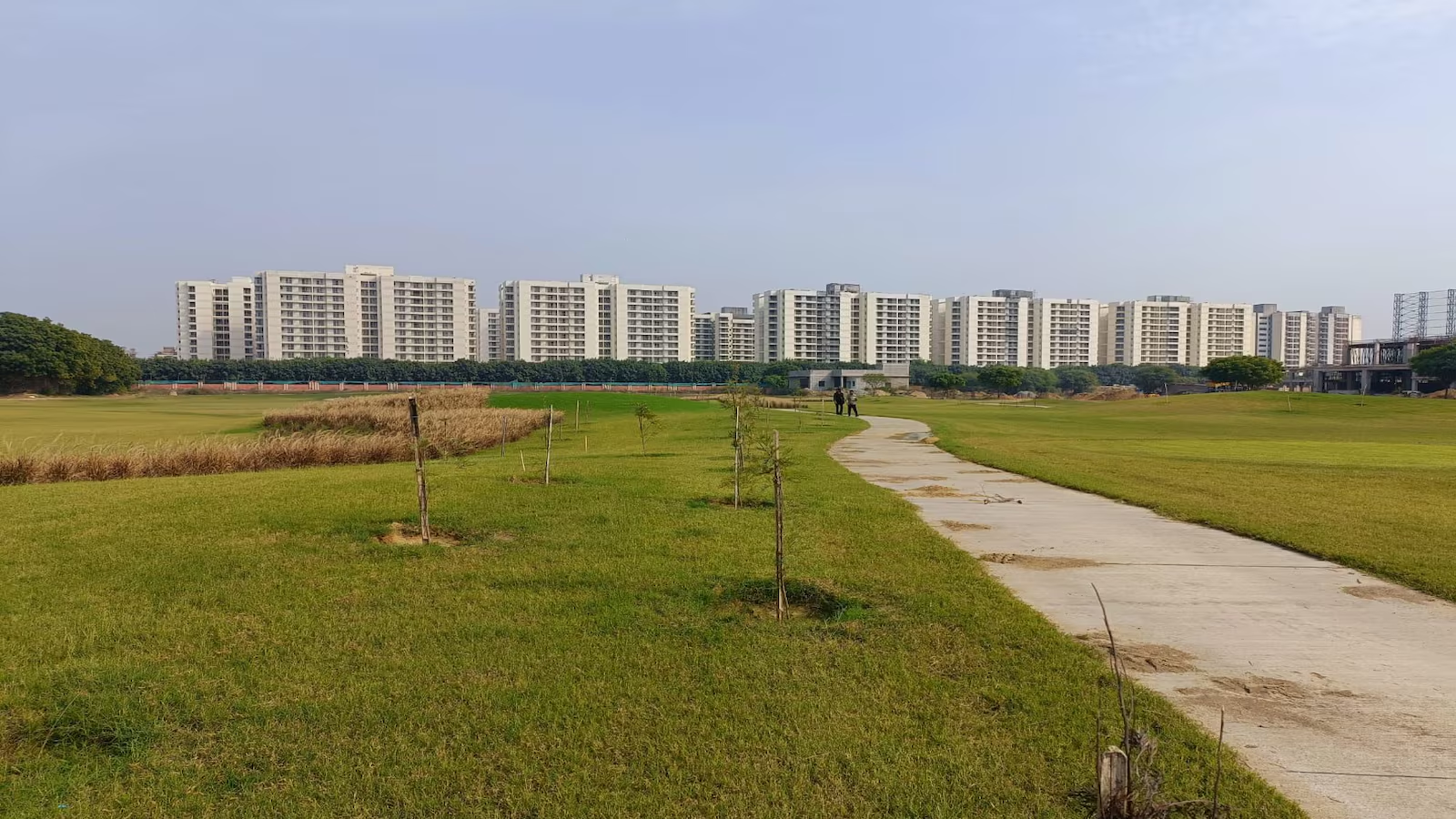Experts' Take
The Challenge of tackling unaffordability in Indian metros


Anuj Puri, Chairman & Country Head, JLL India
As all metro cities continue to expand in India, the cost of housing in their matured and well-developed areas also continues to go north. According to the Reserve Bank of India’s (RBI) definition, ticket sizes up to INR 65 lakhs in metros and up to INR 50 lakhs in non-metros are categorised as ‘affordable housing’. It, therefore, comes as no surprise that a majority of new projects in Delhi-NCR, Mumbai and Bengaluru do not fall under this category.
Mumbai’s real estate, especially, remains unaffordable to a majority of its residents. On the other hand, affordable housing projects are largely located in precincts that constitute the outer peripheries of these cities (see city maps below). The supply-side constraints like land availability and its cost make housing unaffordable within the primary city boundaries
Mumbai
Bengaluru
Delhi-NCR
These maps illustrate the geographical spread of representative projects priced below INR 65 lakhs (marked in RED) and those priced above the RBI’s current definition of affordable housing (marked in green). They clearly show that these cities’ outer rims are the only affordable corridors while the main city and its immediate suburbs are priced higher.
Most of the affordably-priced housing options are usually located much farther away from the respective city centres and are mostly in off-centric, economically-underserved locations where trunk infrastructure is also often unavailable. Notably, Bengaluru remains the most ‘affordable’ among these three metros with projects falling under the ‘affordable’ category currently available within the city limits.
That shows how much the ground reality differs from theory. This gap between the existing definition and what’s available for home buyers in these metros is only widening. In such a scenario, the government should:
- Work on easing the supply-side constraints by opening up new land parcels (for e.g. salt pan lands in Mumbai) to ease up the high land prices
- Invest in development of newer and cost-effective construction techniques,
- Take up reforms for re-densification of cities (for e.g., by scrapping old redevelopment laws) along with augmentation of existing infrastructure as well as public transport,
- Focus on improving infrastructure in the peripheral areas and develop suitable connectivity to the cities’ business districts, if these precincts are to serve the purpose of providing a suitable living environment,
- Institutionalise rental housing across cities,
- Ensure that the local bodies actually implement local regulations and newer policies.
-



 News3 weeks ago
News3 weeks agoKW Delhi 6 Mall Onboards New Brands
-

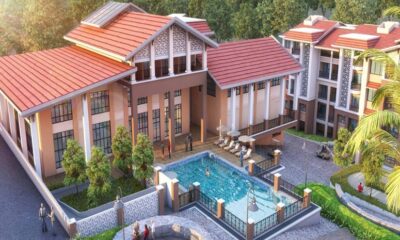

 News4 weeks ago
News4 weeks agoManasum Senior Living Launches IKIGAI GOA, A Senior Living Community in North Goa, in collaboration with Prescon Homes
-



 News3 weeks ago
News3 weeks agoCommercial Realty Gets Tech Savvy: Fast Construction, Enhanced Convenience
-

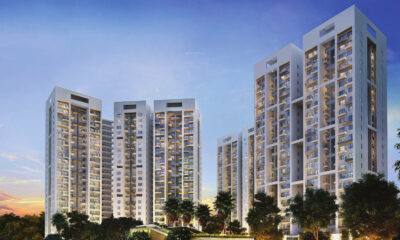

 News2 weeks ago
News2 weeks agoGodrej Properties Sells Rs 3k cr+ Homes of Godrej Zenith, Gurugram, within 3 days
-

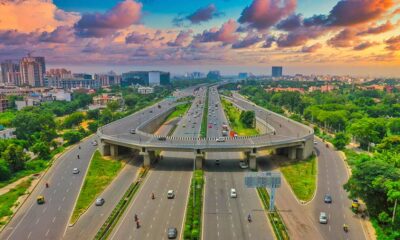

 News4 weeks ago
News4 weeks agoBridging India Divide: Top 5 Tier- 2 Cities to Focus On
-

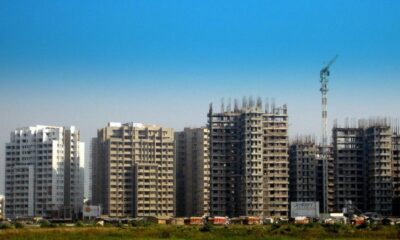

 News4 weeks ago
News4 weeks agoMultipoint Connection – A Definite Boon
-

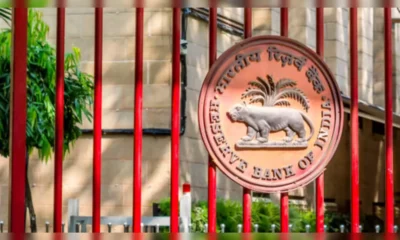

 News3 weeks ago
News3 weeks agoRBI’s Status Quo on Key Policy Rates to Help Maintain the Real Estate Growth Momentum, Say Industry Stalwarts
-



 News1 week ago
News1 week agoOlive Announces Dhruv Kalro as Co-Founder







